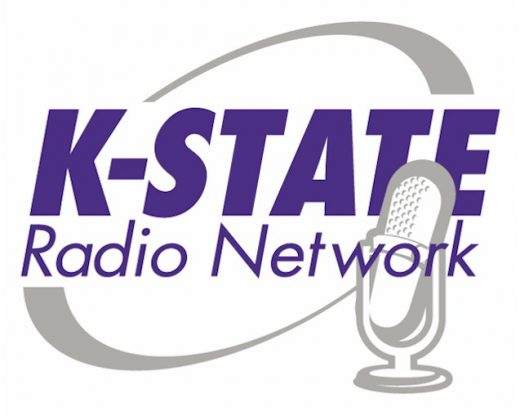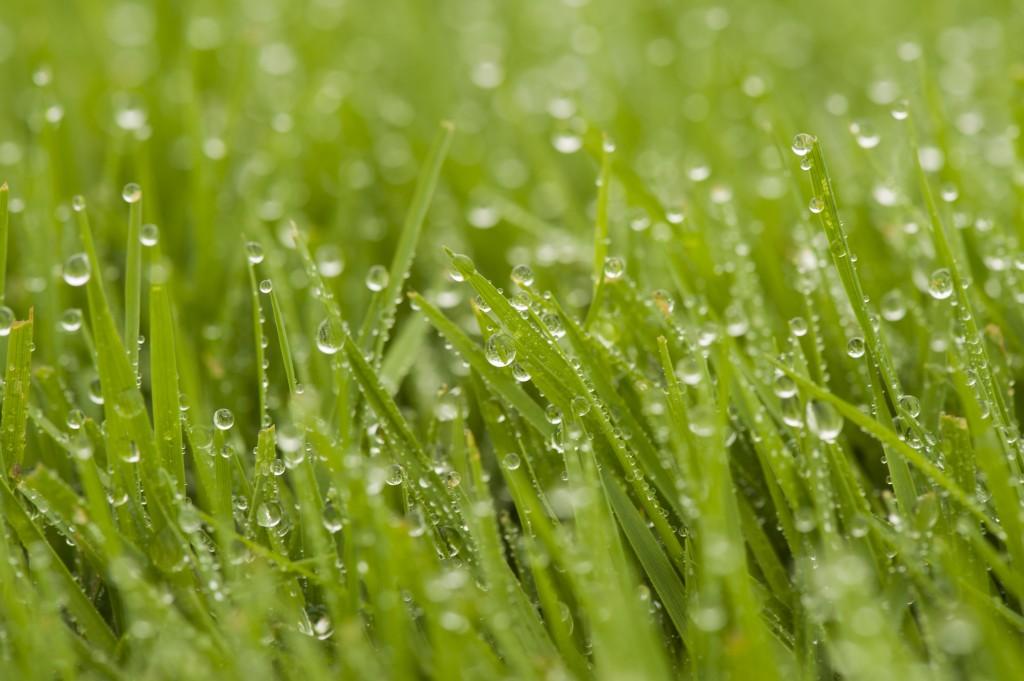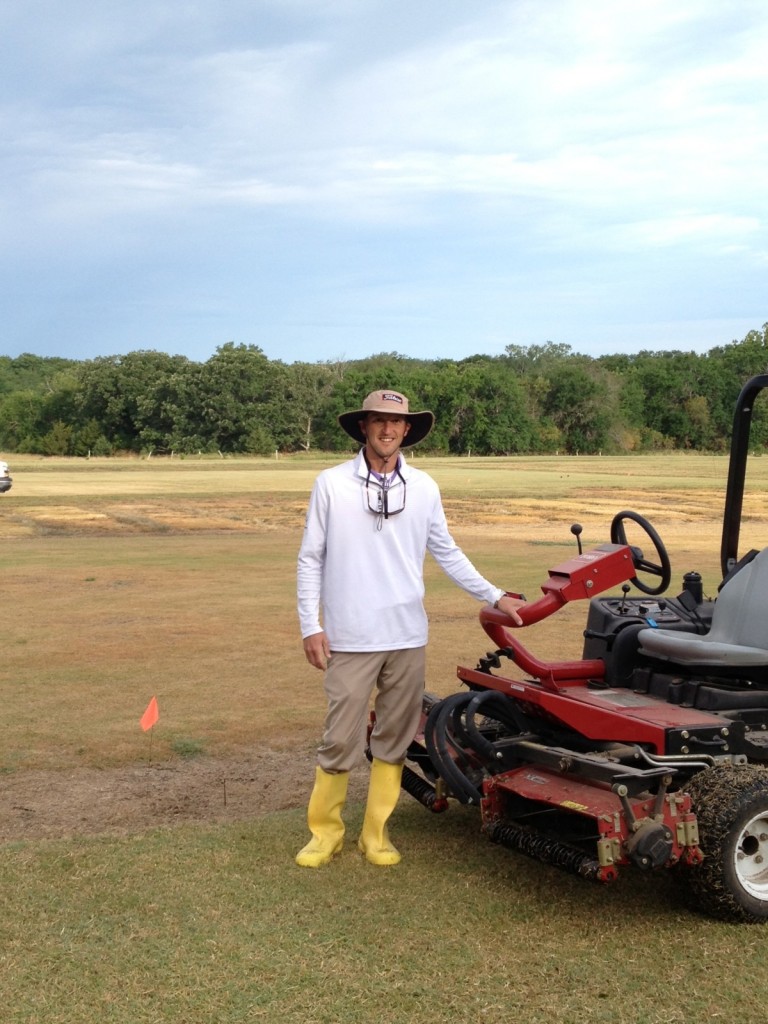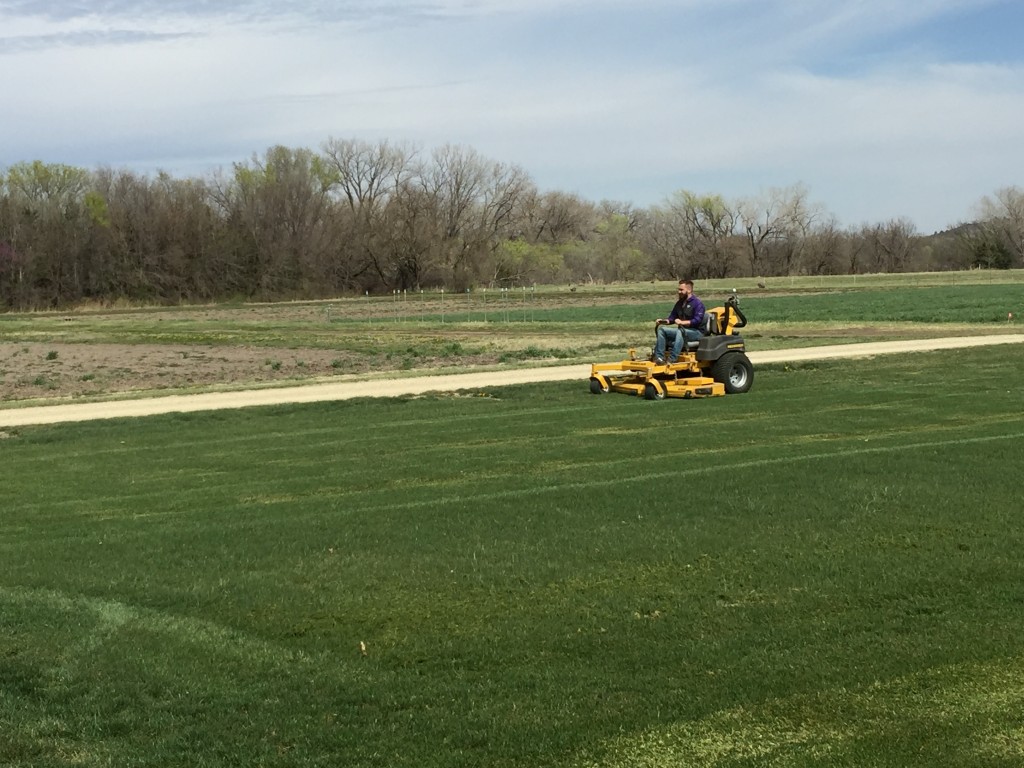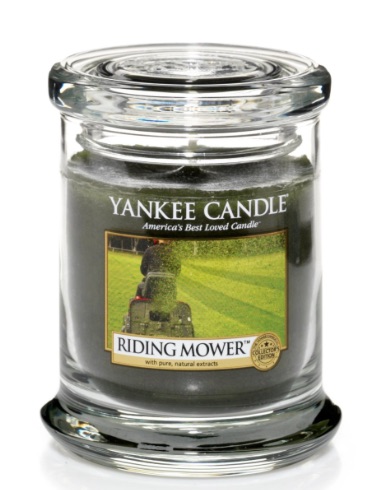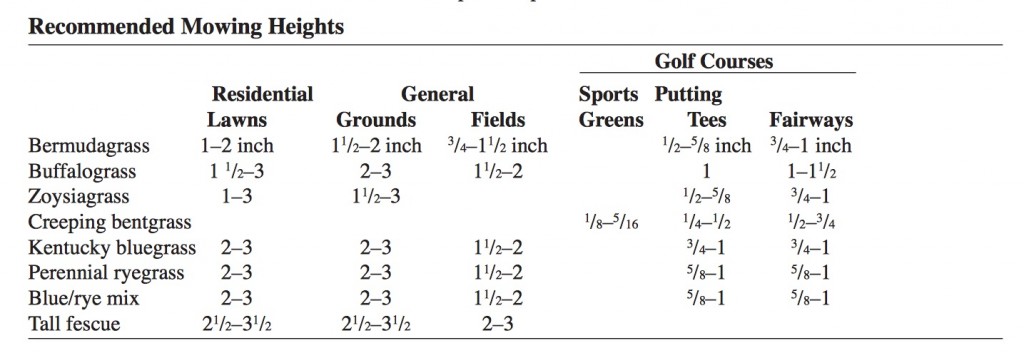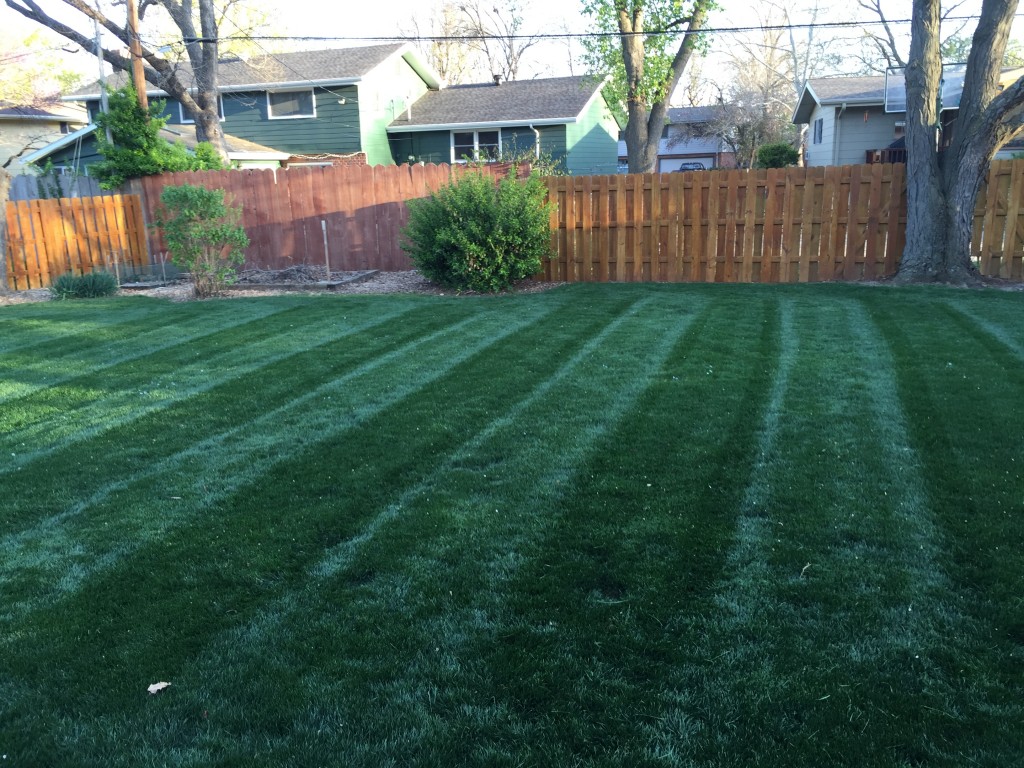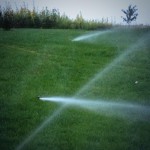(By Jared Hoyle, KSU Turfgrass Research and Extension)
With spring officially here, homeowners should start paying attention to the condition of their cool-season lawns…especially in view of the dry conditions that persist in this region. Early-season watering of fescue and other cool-season turfgrass is especially important this year, according to K-State turfgrass horticulturist Jared Hoyle. He talks about proper watering and fertility management this week.
Click the link below for K-State Research and Extension Agriculture Today Radio Program “Plantorama” hosted by Eric Atkinson.
Check out the KSRE bookstore more more information on all things turf! – https://www.bookstore.ksre.ksu.edu/Category.aspx?id=528&catId=545
Always remember to READ THE LABEL for the correct rate, turfgrass tolerance, and specific instructions before application!!!
***Mention of trade names or commercial products in this article is solely for identification purposes and does not imply recommendation or endorsement, nor is criticism implied of similar products not mentioned by Kansas State University.***
Don’t forget to follow me on twitter @KSUTurf.
Also, visit our facebook page www.facebook.com/KSUTurf
